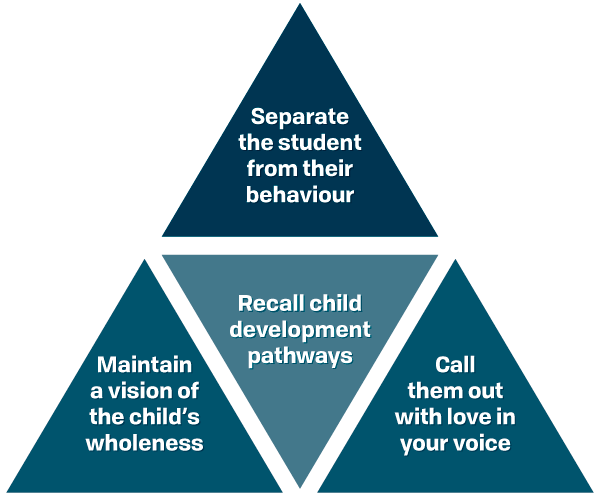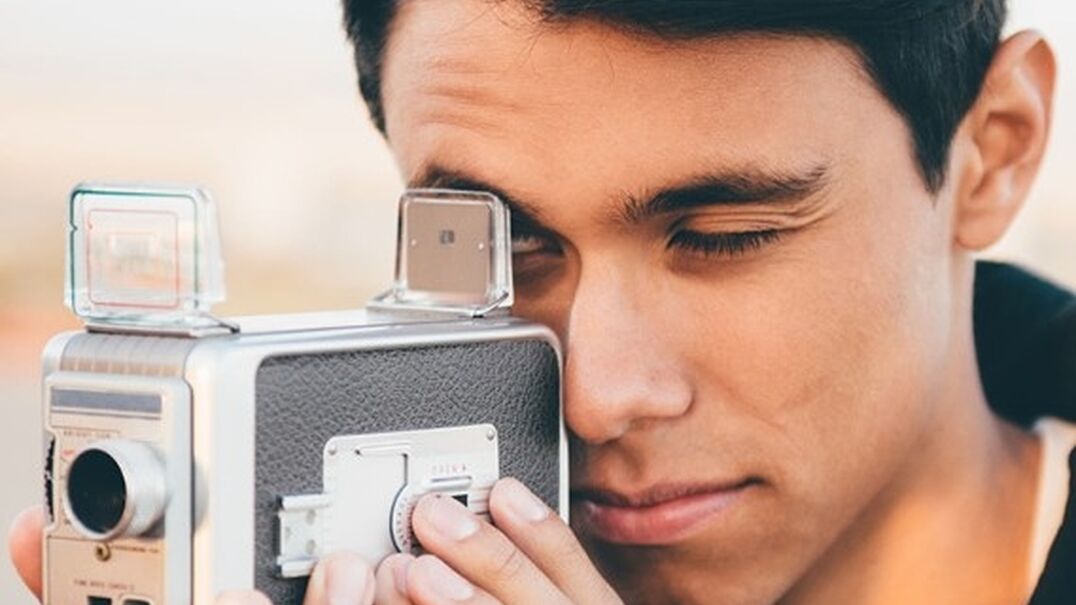How can Unconditional Positive Regard support student healing as well as enhance teacher wellbeing?
There is evidence to suggest that Unconditional Positive Regard (UPR) not only supports students’ healing and learning at school, but also leads to enhanced teacher wellbeing.
So what is Unconditional Positive Regard?
It was originally developed by psychologist Carl Rogers in the 1950s as a humanist approach to clinical therapy. UPR therapists need to be warm and accepting even when the client has done or said something questionable. By accepting the client just as they are, the therapist helps the client accept themselves – a central element of healing and growth.
Since its formation, UPR has been an essential component of psychology and social work courses. Yet it was only in the last decade that UPR has been introduced into teacher education as an ingredient of working with growing and developing young people.
More than just ‘be positive’.
My first encounter with UPR was not necessarily a positive one. When I was first taught the concept, it was reduced to the simple mantra ‘always be positive toward students, no matter what’. Logically, I always wanted to be positive and supportive with my students, and strived to interact with warmth and kindness. Yet, I initially found the concept lacking when confronted with severely challenging behaviours that required me to dig deep into my personal resilience. Other colleagues agreed with me too, even naming UPR as a cause of their impending compassion fatigue.
The real UPR: In developmental context
It was not until I took part in the BSEM course as teacher did I realise how lacking my initial concept of UPR was – and what UPR in practice means. Adapted to the teaching profession, UPR enables reframing strategies that underpin relationship-building. This can be summarized in the graphic below:

In line with Rogers’ original intentions, these strategies empower teachers to create the best possible conditions for a highly relational classroom:
- separating a student from their behaviour is an essential re-framing strategy to keep a teacher from overly-personalising a tough situation and remaining calm and dignified.
- recalling child development pathways allows the teacher to see each child empathically, as developing humans with different backgrounds and life opportunities.
- maintaining a vision of the child’s wholeness sees the young person for both their strengths and shadows – as we all have.
- to call students out with love in your voice is a verbal responding strategy that supports teachers to invite students into their calm, rather than joining them in their chaos.
Teacher wellbeing: An upward spiral
UPR supports a classroom environment that is conducive to student healing and learning, while also contributing to teacher wellbeing. This is because practicing UPR in this way creates what psychologist, Barbara Fredrickson calls an ‘upward spiral’, where directing kindness and compassion towards others generates wellbeing benefits that flow back to our own lives in a virtuous loop. This means as we practice being empathetic and compassionate toward others, we also strengthen our capacity to be self-compassionate and gain a sense of fulfilment from our relationships. Fredrickson states:
As we do good in the world, that affects our cellular makeup and the functioning of our hearts. There is deep interconnection between what we do, what we feel and how physically healthy we are (2013).
Furthermore, the UPR framework provides opportunities for teachers to reflect on situations when it is most challenging to build relationships with people. Reflecting on personal triggers creates more spaciousness between our thoughts and actions, helping us to respond rather than react to stressful interactions in our teaching and personal lives. This may also help us to be kinder to ourselves as we navigate how some relationships draw more energy and attention than others.
Generating cultures of wellbeing
Deepening the practice of UPR reveals how interconnected the wellbeing of everyone in a community really is. It emphasizes the importance of UPR as both a way of being and as a concept that can be taught to students as they develop an awareness of how they build and maintain relationships at school and out in the world.
In schools where teachers take it upon themselves to learn and practice UPR, we see hundreds of micro-moment interactions that build toward a culture of everyone contributing to everyone’s wellbeing.
The evidence suggests that UPR supports students’ healing and learning, as well as teacher wellbeing – so when might be your next opportunity to put it into practice?
References:
Brunzell, T., Waters, L., and Stokes, H. (2015). Teaching With Strengths In Trauma-Affected Students: A New Approach To Healing And Growth In The Classroom. American Journal of Orthopsychiatry. 85: 1, 3-9.
Buchanan, A., and Kern, M.L. (2017). The Benefit Mindset: The Psychology of Contribution and Everyday Leadership. International Journal of Wellbeing. 7: 1, 1-11.
Fredrickson, B.L. (2013). Love 2.0. New York: Hudson Street press.
Fredrickson, B.L., & Joiner, T. (2002). Positive emotions trigger upward spirals toward emotional well-being. Psychological Science, 13, 172–175.
Rogers, C. (1961). On Becoming a Person. Boston: Houghton Mifflin.

Jack Greig
Master of Public Policy | Master of Teaching | Bachelor of Arts



